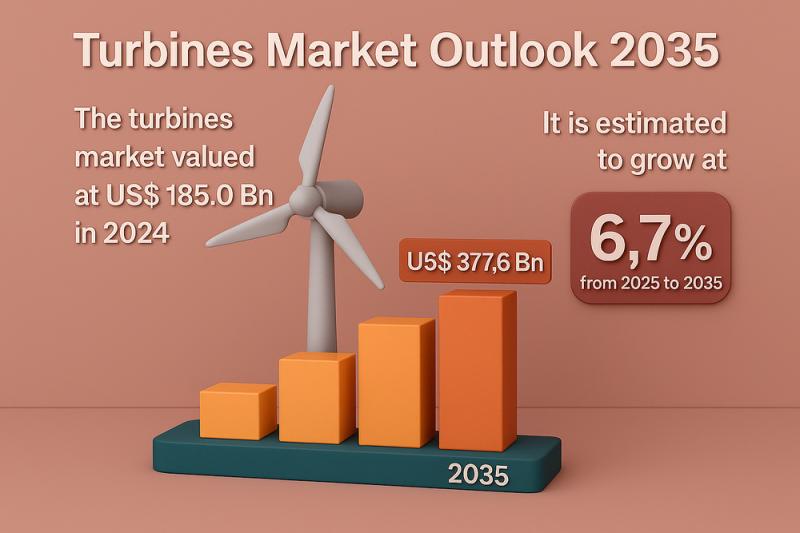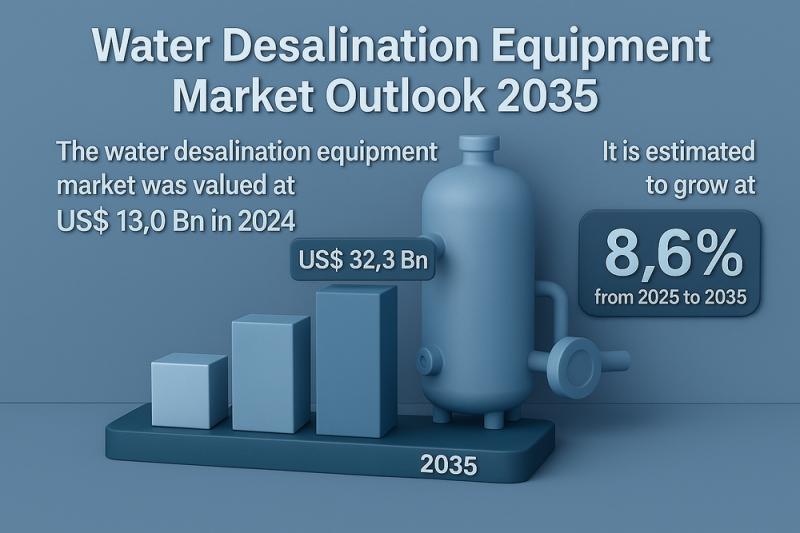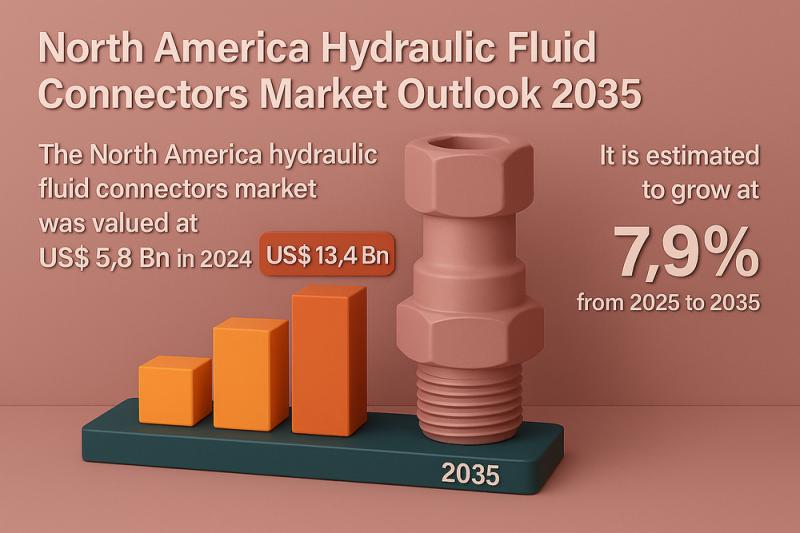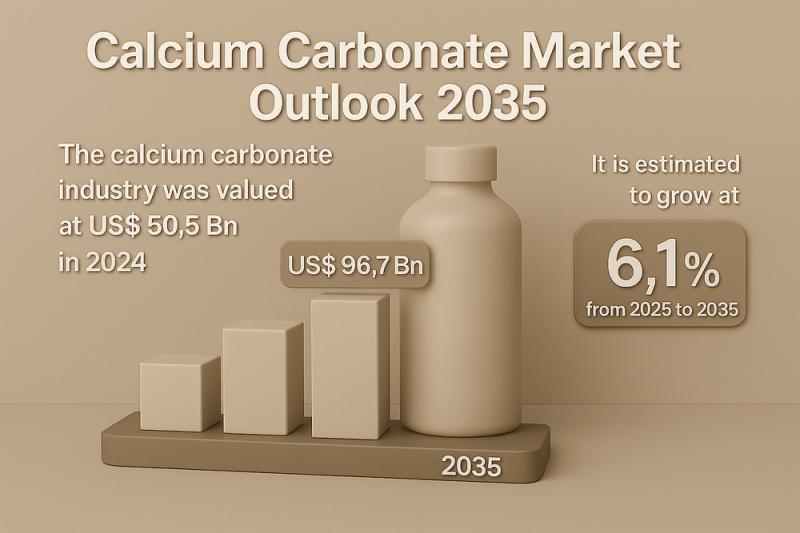Press release
Building Energy Simulation Software Market: Transforming the Future of Sustainable Building Solutions
The Building Energy Simulation Software Market is poised for significant growth, driven by the escalating demand for energy-efficient building solutions worldwide. Valued at US$ 4.4 billion in 2022, the market is projected to surge at a robust CAGR of 10.7% from 2023 to 2031, reaching an estimated worth of US$ 10.8 billion by the end of 2031. This remarkable expansion is attributed to the increasing adoption of IoT and smart building technologies, coupled with the rising need for retrofitting existing buildings for enhanced energy efficiency.Get Sample Copy of This Report at: https://www.transparencymarketresearch.com/sample/sample.php?flag=S&rep_id=77350&utm_source=Openpr&utm_campaign=Amit
Building energy simulation software empowers architects, engineers, and energy consultants to model and simulate the energy performance of buildings accurately. It facilitates the optimization of energy efficiency by analyzing various factors such as building design, materials, HVAC systems, lighting, and occupant behavior. With a surge in awareness regarding environmental sustainability, the software plays a pivotal role in evaluating carbon footprints and enhancing the sustainability of buildings.
Competitive Landscape: Major players in the building energy simulation software market, including Autodesk Inc., StruSoft AB, and Trimble Inc., are introducing advanced software versions to cater to the evolving demands of the building industry. These innovations include real-time analysis capabilities during the early design development phase, thereby strengthening their foothold in the market. Furthermore, continuous investments in research and development activities by key players are driving the market forward, ensuring the introduction of more sophisticated solutions.
Emerging Trends: Integration of artificial intelligence (AI) and machine learning (ML) technologies is a prominent trend shaping the building energy simulation software market. AI and ML algorithms automate the simulation process, improve accuracy, and provide real-time insights for energy optimization. Additionally, governments worldwide are implementing stringent regulations to reduce carbon emissions, propelling the demand for energy simulation software in compliance and energy-efficient building design.
Market Dynamics: Despite significant growth prospects, the market faces challenges such as a lack of awareness about building energy simulation software. However, advancements in simulation technology, including improved accuracy and enhanced visualization capabilities, are expected to mitigate these challenges. Moreover, the integration of AI and ML in building energy simulation software is poised to revolutionize energy analysis and decision-making processes.
Opportunities and Challenges: Governments' initiatives to reduce carbon emissions and promote energy efficiency present lucrative opportunities for market expansion. Financial incentives and regulations aimed at encouraging the adoption of energy-efficient technologies further bolster the demand for building energy simulation software. However, challenges such as the lack of awareness and integration barriers need to be addressed to unlock the full potential of the market.
Future Outlook: The future of the building energy simulation software market is promising, with North America expected to hold the largest share during the forecast period. The Asia Pacific region is also witnessing significant growth, fueled by increasing investments in green building initiatives. As AI and ML continue to reshape the industry landscape, stakeholders must stay abreast of emerging trends and technological advancements to capitalize on market opportunities effectively.
Consumer Behavior: Consumers are increasingly prioritizing sustainability and energy efficiency in building design and construction. This shift in consumer behavior is driving the demand for building energy simulation software, as stakeholders seek innovative solutions to reduce operational costs and comply with environmental regulations.
Regional Analysis: North America dominates the global building energy simulation software market, supported by renowned research institutions and a growing emphasis on sustainable building practices. Meanwhile, the Asia Pacific region is witnessing a surge in green building investments, driving market growth in the region.
Buy this Premium Research Report: https://www.transparencymarketresearch.com/checkout.php?rep_id=77350<ype=S&utm_source=Openpr&utm_campaign=Amit
About Transparency Market Research
Transparency Market Research, a global market research company registered at Wilmington, Delaware, United States, provides custom research and consulting services. Our exclusive blend of quantitative forecasting and trends analysis provides forward-looking insights for thousands of decision makers. Our experienced team of Analysts, Researchers, and Consultants use proprietary data sources and various tools & techniques to gather and analyses information.
Our data repository is continuously updated and revised by a team of research experts, so that it always reflects the latest trends and information. With a broad research and analysis capability, Transparency Market Research employs rigorous primary and secondary research techniques in developing distinctive data sets and research material for business reports.
Contact:
Transparency Market Research Inc.
CORPORATE HEADQUARTER DOWNTOWN,
1000 N. West Street,
Suite 1200, Wilmington, Delaware 19801 USA
Tel: +1-518-618-1030
USA - Canada Toll Free: 866-552-3453
This release was published on openPR.
Permanent link to this press release:
Copy
Please set a link in the press area of your homepage to this press release on openPR. openPR disclaims liability for any content contained in this release.
You can edit or delete your press release Building Energy Simulation Software Market: Transforming the Future of Sustainable Building Solutions here
News-ID: 3444258 • Views: …
More Releases from Transparency Market Research

Turbines Industry to Surpass USD 377.6 Billion by 2035, Expanding at 6.7% CAGR | …
According to the latest industry analysis, the global turbines market, valued at US$ 185.0 billion in 2024, is projected to expand at a CAGR of 6.7% from 2025 to 2035, reaching an estimated US$ 377.6 billion by 2035. The surge in market value underscores the vital role of turbine technologies in the global energy transition, spurred by policy-driven renewable adoption, technological innovations, and a rapid expansion of wind, hydro, and…

Global Water Desalination Equipment Market to Reach US$ 32.3 Billion by 2035 | T …
As the world faces an accelerating crisis of water scarcity fueled by climate change, population growth, and industrial expansion, the global water desalination equipment market is emerging as a cornerstone of sustainable water management. According to the latest market analysis, the sector was valued at US$ 13.0 billion in 2024 and is projected to expand at a CAGR of 8.6% from 2025 to 2035, reaching US$ 32.3 billion by the…

North America Hydraulic Fluid Connectors Market to Reach US$ 13.4 Billion by 203 …
The North America hydraulic fluid connectors market is poised for remarkable growth, rising from US$ 5.8 billion in 2024 to an estimated US$ 13.4 billion by 2035, expanding at a compound annual growth rate (CAGR) of 7.9% between 2025 and 2035. The market's acceleration is being driven by surging infrastructure investments, industrial automation, and increasing adoption of high-performance, leak-free hydraulic systems across multiple industries.
The United States maintains a dominant position…

Global Calcium Carbonate Market to Reach US$ 96.7 Billion by 2035 | Expanding at …
The global calcium carbonate market is witnessing steady expansion, driven by its widespread industrial usage, cost-effectiveness, and adaptability. Valued at US$ 50.5 billion in 2024, the market is projected to reach US$ 96.7 billion by 2035, growing at a compound annual growth rate (CAGR) of 6.1% between 2025 and 2035.
Calcium carbonate, one of the most versatile and abundant minerals on Earth, continues to play a critical role in diverse industries…
More Releases for Building
U.S. Pre-engineered Metal Building Market Set for Explosive Growth| Star Buildin …
Archive Market Research published a new research publication on "U.S. Pre-engineered Metal Building Market" with 230+ pages and enriched with self-explained Tables and charts in presentable format. In the Study you will find new evolving Trends, Drivers, Restraints, Opportunities generated by targeting market associated stakeholders. The growth of the U.S. Pre-engineered Metal Building market was mainly driven by the increasing R&D spending across the world. Some of the key players…
Wireless Building Management System Know Your Building™
The world's most comprehensive Wireless Building Management System revolutionizing how we monitor, manage and monetise the real estate industry. It is an interplay of Hardware & Software.
Know Your Building™ is the progression of traditional building management and automation systems into an informative system. Using Know Your Building™ every kind of stakeholder in a building can derive value, from every point of a building like never before.
3rd Floor, Wework Chromium, Jogeshwari…
Global Building Automation & Control Systems (BACS) Market 2019 – ABB, Honeywe …
Global ABS Sensor Market report is a concise study which extensively covers all the market statistics of ABS Sensor Industry. All the business trends, product portfolio, business tactics, and ABS Sensor industry landscape view is explained. The comprehensive research methodology and verified data sources will lead to data accuracy, authenticity, and reliability. The statistical data and ABS Sensor industry verticals presented in this report will lead to informed decision making.
The…
Global Building Automation & Control Systems (BACS) Market 2019 – ABB, Honeywe …
Global Building Automation & Control Systems (BACS) Market report include current market scenario and offers a comprehensive analysis on Building Automation & Control Systems (BACS)industry, standing on the readers’ perspective, delivering detailed market data and understanding insights. It comprises inclusive important points that significantly affect the growth of the market at a global level. It analyzes present scenario along with future trends in the market. The report is made after…
Building Automation & Control System Market Insights and Forecast to 2025 | Hone …
Recent research and the current scenario as well as future market potential of "Global Building Automation & Control System Market Insights, Forecast to 2025" globally.
This report presents the worldwide Building Automation & Control System market size (value, production and consumption), splits the breakdown (data status 2013-2018 and forecast to 2025), by manufacturers, region, type and application.
This study also analyzes the market status, market share, growth rate, future trends, market drivers,…
BUILDING SYSTEMS INTEGRATION AND BUILDING INTREGRATED SOLAR SYSTEMS
Optimizing energy performance in buildings requires an integrated approach to building systems design, analysis and implementation. Building-integrated Solar Systems (BISS) is an increasingly popular approach for using the building skin as a means to harvest solar energy.
More recent techniques involve systems of lighting, lighting controls, sensors and shading devices all integrated with the building skin, and in turn integrated with the building HVAC systems. Such design strategies can reduce heat…